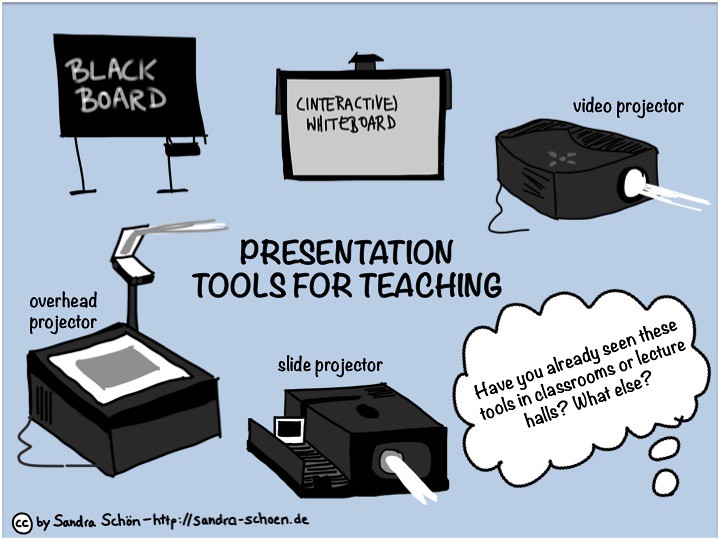ISTE Standard*S: Standard 3: Research and Information Fluency
The third standard in our series on the ISTE Standards for Students is Research and Information Fluency. The standard says, “Students apply digital tools to gather, evaluate, and use information.” While it used to be the “librarian’s job” to teach students researching skills, in many districts it has now landed upon the classroom teacher’s plate. To be effective and beneficial, researching skills should be taught cumulatively over the K-12 school years. Using the ISTE Standards for Students and the Big6 Skills, we will explore what students should be doing to hone their researching skills. You can check out a matrix showing the correlation of the two here.
Sub-standard 3a states, “Students plan strategies to guide inquiry.“ There are two steps to this stage. The first step is Task Definition, and the second step is Information Seeking Strategies. So basically, students decide what they want to accomplish and how they plan on going about accomplishing it. They can create their own questions to research, and may find that there is no answer. In this case, they must propose an answer and then support their answer with their findings. This is where technology comes in handy and can foster collaboration.

In sub-standard 3b, “Students locate, organize, analyze, evaluate, synthesize, and ethically use information from a variety of sources and media,” we learn that this aspect of research combines the Big6 Step 3: Location + Access and Step 4: Use of Information. Students will use technology to locate, access and use information for their research projects. They will need explicit instruction and guidance in this part of the research process, especially to determine the validity of online resources. Also, this is where lessons on plagiarism and copyright would be valuable, along with correct citations of others’ work.

Sub-standard 3c states, “Students evaluate and select information sources and digital tools based on their appropriateness to specific tasks.” Back when using printed resources from the library was the norm, students didn’t have to worry about evaluating resources for accuracy because it was understood that someone had already done that for them. Today, because websites can be slanted, inaccurate or completely bogus, it is important for students to have the tools to evaluate online sources effectively. They also need to know how to use digital tools to capture notes, cite sources, and to present their results.
The last sub-standard, 3d, states that “Students process data and report results.” With the final step of research being to synthesize the data and report the findings, students should think of creative ways to present their findings to their audience. Technology offers a great deal of different ways to do this, and students enjoy the opportunity to use their creativity with this final step. Teachers should be aware of, and able to demonstrate, different tech tools at their students’ disposal.


